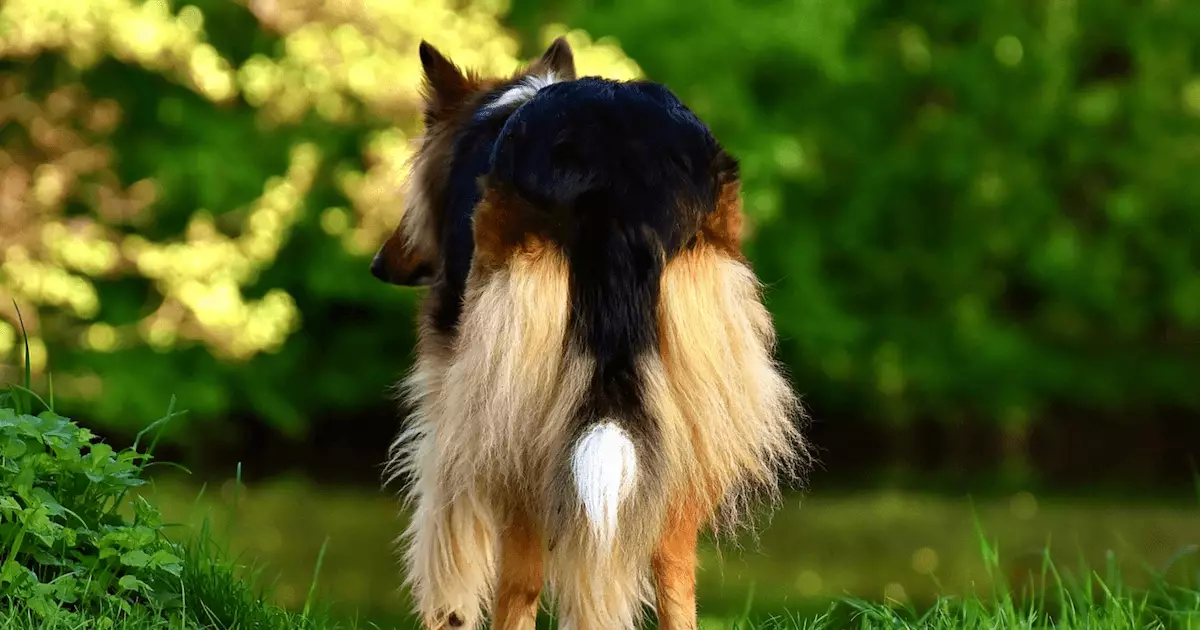Long-haired dogs bring joy and companionship, often described as the epitome of canine beauty. Their flowing coats have a way of inviting touch, creating an irresistible urge to snuggle. However, these furry friends come with their own set of challenges, particularly in maintaining cleanliness. The accumulation of dirt, leaves, and, most notably, fecal matter can be a reality for pet owners. This article explores the nuances of caring for long-haired dogs while addressing a common concern: how to manage the unfortunate issue of “poop butt.”
The Allure of Long-Haired Breeds
There’s something enchanting about a long-haired dog. Breeds such as the Shih Tzu, Afghan Hound, and Yorkshire Terrier are not just beautiful; they are often perceived as affectionate companions that warm the heart. Their coats, while aesthetically pleasing, can act as natural sponges, trapping unwanted debris and, regrettably, feces. This raises an important question for dog owners: when and how should we intervene to maintain proper hygiene?
Grooming is not merely a chore; it is a critical aspect of pet care that directly impacts a dog’s health and well-being. A regular grooming schedule is essential, with most long-haired breeds requiring attention approximately once a month. Depending on the dog’s coat type and length, visiting a professional groomer could be the most practical solution, particularly for intricate grooming areas like the anal and genital regions.
Understanding Hygiene Needs
Maintaining cleanliness in a long-haired dog involves more than just aesthetics; it is a necessary obligation that promotes health. The importance of a hygienic trim around the anus, tail, and legs cannot be overstated. This grooming practice, often dubbed a “potty patch,” goes a long way in preventing urinary tract infections and minimizes the risk of fecal contamination.
While grooming may feel overwhelming, it is important to approach it as an aspect of general care. Just as humans need regular hygiene practices, dogs require similar attention. Grooming also serves as an opportunity for pet owners to bond with their furry companions. However, novice groomers should have their limits; leaving more complicated trims to professionals is always advisable.
The Diet Connection
Another vital component in preventing hygiene issues is diet. The connection between a dog’s diet and the quality of its stool is profound. Dogs with soft stools are far more susceptible to fecal matting. Feeding your furry friend high-quality commercial food, balanced home-cooked meals, or even a raw diet is essential for solid bowel movements. Additionally, ensuring that the diet contains sufficient fiber can significantly aid in digestion. Some owners may even see remarkable improvements by adding probiotics and prebiotics to their dog’s regimen, which serve to stabilize their intestinal health and enhance the consistency of their stools.
Yet, it’s important to remain vigilant. “Pseudocoprostasis,” the veterinary term for fecal matting in the coat, isn’t merely an inconvenient circumstance; if left unchecked, it can culminate in serious health issues, including rectal obstructions. Consulting a veterinarian to develop a comprehensive dietary plan tailored to your dog’s needs can prevent complications down the line.
Effective Cleanup Strategies
For long-haired dog parents, the inevitability of finding a bit of poop in that lovely coat is a harsh reality. Still, there are several strategies to efficiently manage these situations. First and foremost, acting quickly can save both you and your dog from added distress. When tackling a mess, moist grooming wipes present an excellent option. They’ll gently clean the area, while leaving behind a pleasant fragrance that deodorizes the fur.
For those times between baths, using waterless shampoos can aid in quick fixes without the thoroughness of a full wash. Regular baths can dry out a dog’s skin and dull its coat, so leveraging waterless options offers a smart alternative. Incorporating these methods into your cleaning routine allows you to tackle unpleasant situations swiftly, protecting both your dog’s comfort and your home.
It’s unarguable that owning a long-haired dog comes with its unique hurdles, but these challenges do not overshadow the potential for a fulfilling partnership. By focusing on proper grooming, nutrition, and the ability to act effectively during challenging moments, pet owners can ensure that their long-haired companions thrive and remain healthy. The love and loyalty that these dogs provide are irreplaceable, making every grooming session worth the effort.

